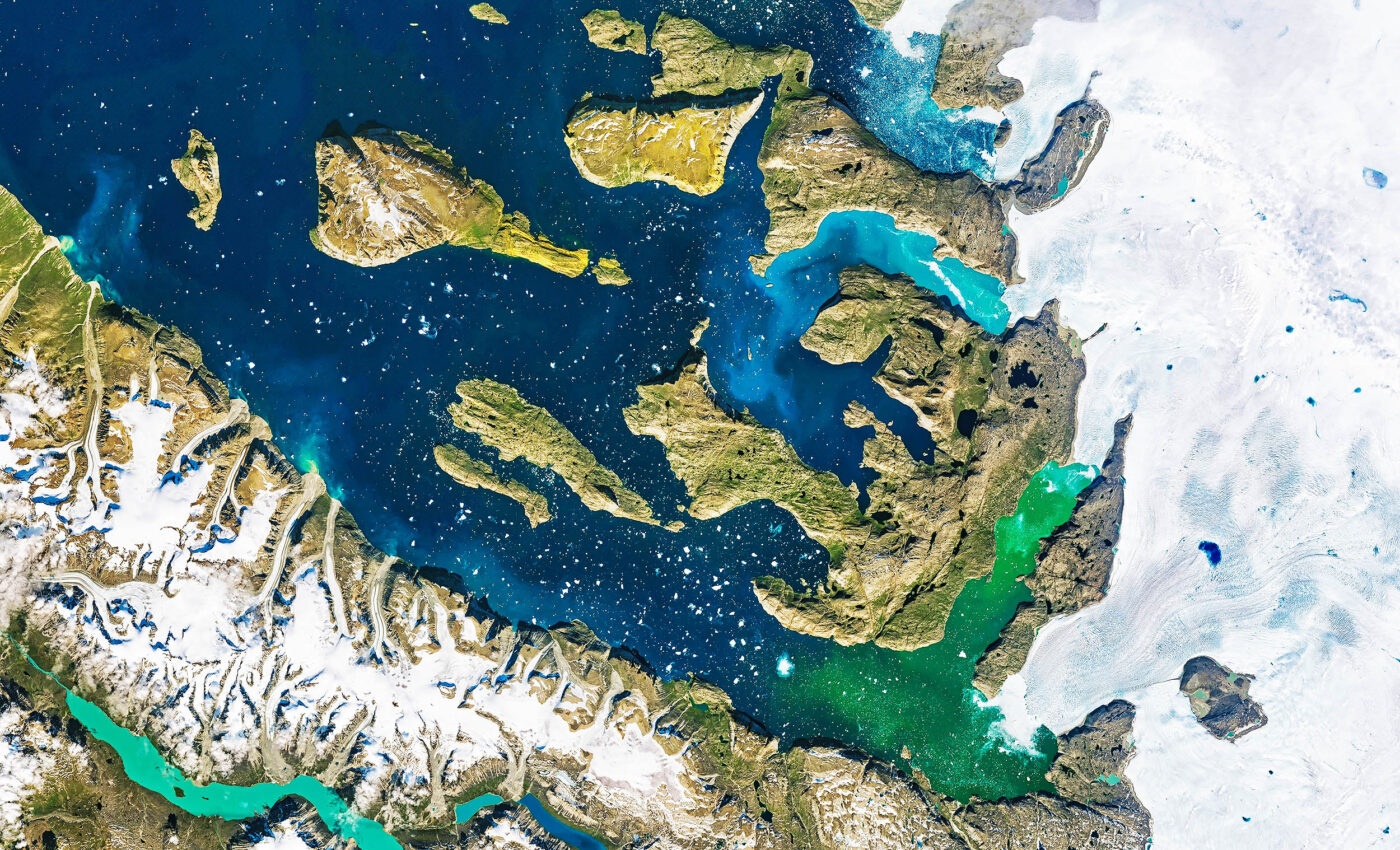
Greenland ice loss tracked by new GPS system on a daily basis
The fight against climate change has gained a powerful new ally in the form of an innovative GPS-based method designed to measure daily ice loss in Greenland.
This breakthrough technology marks a significant step forward in environmental monitoring, developed by researchers at the Technical University of Denmark (DTU).
Unlike previous methods, which provided estimates of mass loss on a monthly or yearly basis, this new system offers unprecedented daily updates.
Senior researcher Valentina Barletta at DTU Space, who led the development, highlighted the impact of this advancement, stating, “This is the first time we can measure the entire mass loss of the ice sheet day by day.”
This capability is crucial for tracking rapid changes often seen during the summer months, which were previously difficult to monitor effectively.
Insight into Greenland’s rapid ice loss
The urgency of this development becomes clear against the backdrop of Greenland’s dramatic ice loss –roughly equivalent to draining Denmark’s largest lake, Arresø, 40 times a week.
Over the past two decades, Greenland has consistently lost about 5 cubic kilometers of ice per week, a staggering figure that underscores the scale of the problem.
By leveraging data from the Danish state’s GNET, which includes 61 GNSS stations scattered across Greenland, the method utilizes high-precision detection of bedrock movements.
These movements are key indicators of ice mass changes, as the bedrock rises with the decreasing pressure from melting ice.
Real-world impact of ice loss monitoring
Beyond its scientific contributions, the new method holds significant practical implications for managing ice loss, particularly for the residents of Greenland.
“By calculating daily changes in the ice sheet’s mass, we can monitor the melting season and warn the local population if there is a risk of flooded rivers,” explained DTU Space professor Shfaqat Abbas Khan.
This was notably relevant in 2012, when extreme melting led to the collapse of a bridge at Kangerlussuaq due to sudden floodwaters.
Furthermore, the data from this new method enhances the ability of organizations like the UN Intergovernmental Panel on Climate Change (IPCC) to generate more accurate forecasts for future ice sheet melting and its contributions to global sea-level rise.
Greenland ice loss and sea level rise
When Greenland’s ice melts, the water flows into the ocean, directly contributing to global sea level rise. As the ice sheet continues to melt at an increasing rate, it adds more water to the oceans, causing sea levels to rise faster.
Scientists estimate that if the entire Greenland ice sheet were to melt, it would raise global sea levels by approximately 7.4 meters (24 feet).
Rising sea levels pose a significant threat to coastal communities worldwide. As sea levels rise, low-lying areas become more vulnerable to flooding, erosion, and storm surges.
This can lead to the displacement of millions of people, damage to infrastructure, and the loss of valuable ecosystems such as wetlands and beaches.
The impact of sea level rise from Greenland ice loss is not limited to coastal areas. It can also affect inland regions through increased flooding along rivers and changes in groundwater levels.
Technological and operational excellence
The implementation of this method is supported by the Danish Geodata Agency‘s diligent maintenance of the GNSS stations, ensuring high-quality, reliable data.
Project manager Malte Nordmann Winther-Dahl emphasized the importance of these efforts, stating, “We are pleased that data from the GNET stations is so widely used and gives us new opportunities to accurately monitor climate change in Greenland.”
The study’s success also stems from a collaborative effort between DTU Space and DTU Computing Center, the latter providing essential computing power and expertise necessary for managing large volumes of GPS data and running complex simulations.
Embracing new tools in the fight against climate change
The development of this GPS-based method by DTU is not just a technical achievement; it is a vital tool in the global effort to combat climate change.
By providing a detailed, daily account of ice loss, scientists and policymakers can better understand and react to the challenges posed by global warming.
This method stands as a testament to the power of innovation and collaboration in the pursuit of environmental preservation and a more sustainable future.
The full study was published in the journal Geophysical Research Letters.
—–
Like what you read? Subscribe to our newsletter for engaging articles, exclusive content, and the latest updates.
Check us out on EarthSnap, a free app brought to you by Eric Ralls and Earth.com.
—–













